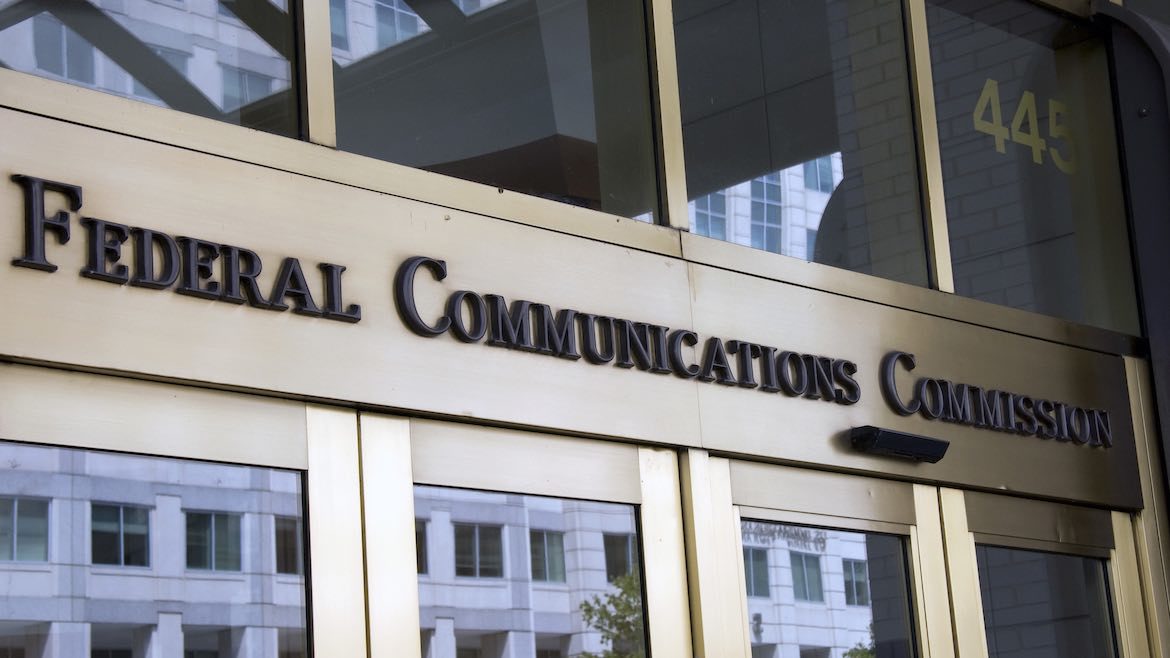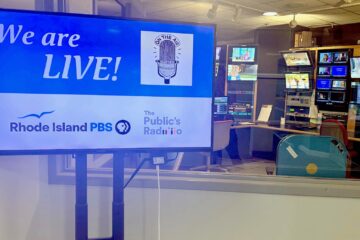Public TV fights datacasting fees at FCC

Mike Janssen / Current
Should public TV stations that use a portion of their spectrum to provide noncommercial data services have to pay fees for that service? That question is before the FCC in a rulemaking proceeding, with groups including PBS, America’s Public Television Stations and the Public Media Venture Group arguing that the fees are hindering development of ATSC 3.0 “broadcast internet” datacasting.
As the FCC works to update its rules to reflect changes the ATSC 3.0 transition is bringing to the television landscape, the latest proceeding is focusing on a provision that requires stations to pay the FCC 5% of any revenue they take in from providing “ancillary or supplementary services.”
When that rule was written in 2001, “no one envisioned next-gen TV or a new IP-based broadcast standard,” said APTS COO Lonna Thompson. As broadcast TV went through its initial transition from analog to ATSC 1.0 digital, “primary video and two or three multicast channels were taking up most of stations’ bandwidth and they could do only a little bit of datacasting,” she said.
As a result, “the existing regulatory scheme treats everything that’s not a linear broadcast stream as ‘something else,’ and then the rules get very confusing when you try to examine how much public TV stations can engage in that ‘something else,'” said Vincent Curren of Breakthrough Public Media Consulting, who worked with PMVG to file comments in the FCC proceeding.
“What public TV’s comments are asking for,” Curren said, “is a recognition by the FCC that noncommercial public educational TV service in an ATSC 3 world will encompass much more than the linear, live broadcast streams that we are all used to seeing now.”
To that end, PMVG wants the FCC to clarify that any partnership between a public TV station and a nonprofit or governmental entity is part of the station’s “nonprofit, noncommercial educational broadcast mission,” whether the partnership yields linear video or some form of datacasting. Defining that use of datacasting as part of public TV’s mission, Curren says, would remove any question of whether those services are considered “ancillary or supplemental” and thus subject to the 5% fee.
Without that clarification, said PMVG CEO Marc Hand, stations face the prospect of having to remit fees even for uses that ought to be clearly seen as part of their core mission, such as a school district paying for data capacity to send nonlinear content to students learning at home during the pandemic.
Curren said the current rules might be seen as requiring an even more byzantine loop of funding. “Where a station accesses funding from a state government that came from the federal government through the CARES Act, and the state provides support for the station to provide datacasting for students in the state, our reading of the rules is that the station is then required to take 5% of the fee they received from the state, which originated with the federal government, and return it to the federal government,” he said.
If the FCC wants a speedy buildout of ATSC 3.0 by public stations in rural areas and smaller markets, PMVG argues, retaining revenue from datacasting is vital. While the original transition from analog to ATSC 1.0 was an FCC mandate, forcing state lawmakers to provide conversion funding or face the loss of all service, the ATSC 3.0 conversion is optional, allowing budget-crunched states to delay funding.
Without now-defunct federal sources such as the former Public Telecommunications Facilities Program, “how else can stations secure sufficient funding?” Curren asked.
“What more flexibility in the ‘ancillary or supplemental’ rules would do is to allow stations to begin to develop new revenue lines that could generate the operating revenue that could support the acquisition of capital to begin to develop this transition,” he said.
The proposal has met with opposition, most notably in a filing by the cable TV trade group NCTA — The Internet & Television Association, which argues that the FCC is legislatively blocked from exempting public stations from the fee.
But as more pubcasters accelerate their datacasting efforts during the pandemic, Thompson hopes the FCC will move quickly to address the issue. That could be by exempting all public broadcasters’ nonprofit datacasting partnerships, as PMVG proposes, or by accepting a fallback proposal, suggested as an alternative by PBS and APTS in their joint filing, that would set a datacasting revenue cap below which no fee would be imposed, should the FCC decide it can’t accept a full exemption.
“I think this proceeding is on a fast track,” Thompson said. “They had a very fast turnaround at the FCC,” with reply comments requested just two weeks after the initial set of comments were filed.
“We’re in the process of analyzing the reply comments, and then we’ll start setting up our meetings with the chairman and the commissioners to start analyzing any issues,” she said.
With an election looming that could change the makeup of the FCC, Kate Riley, APTS VP for government and public affairs, said she’s also been promoting the value of pubcasters’ datacasting efforts on Capitol Hill, citing new projects in South Carolina and southern Indiana that are helping to fill educational voids where students can’t be in classrooms because of COVID-19.
“Folks on the Hill are very interested and supportive of all the ways stations are serving our communities,” she said.





